October 10, 2025 — New York
Financial markets are again flirting with euphoria. Stocks are surging, technology valuations are stretching, and traders are whispering about a familiar and haunting term from history — a “melt-up.” The phrase, immortalized during the late 1990s dot-com frenzy, describes a spectacular but unsustainable rally in which investors chase prices higher out of greed, momentum, and fear of missing out.
But can history truly repeat itself? Many analysts warn that parallels to 1999 should be drawn carefully — yet the similarities are hard to ignore.
A Look Back: The Original Melt-Up of 1999
To understand today’s comparisons, it helps to recall what happened a quarter-century ago.
In 1999, the dot-com revolution had gripped the financial world. Internet startups with no profits — some with barely a business plan — were being valued in the billions. Venture capital poured in, retail traders opened online brokerage accounts, and headlines celebrated overnight millionaires. The Nasdaq Composite soared over 80% in just one year, a pace that stunned even veteran market observers.
Behind the euphoria, though, fundamental cracks were forming. Price-to-earnings ratios reached absurd heights. Many tech companies burned through cash faster than they could raise it. Yet the rally continued into early 2000 — until it didn’t. When the bubble burst, trillions of dollars in market value vanished, and it took more than a decade for major indexes to recover.
Today’s Market Fever: Déjà Vu?
In 2025, echoes of that exuberance are everywhere.
Artificial intelligence, automation, and biotech innovation have fueled another era of speculative optimism. Major indexes have notched record highs, led primarily by a handful of large technology and semiconductor giants. Retail trading has also made a roaring comeback, fueled by social media platforms, zero-commission apps, and a new generation of investors who treat market surges as cultural moments.
Market veterans have begun warning that the recent run has shades of late-cycle euphoria. “We’ve entered a phase where valuations no longer justify prices — sentiment does,” one Wall Street strategist commented this week. “That’s exactly what we saw in 1999.”
Why This Rally Feels Different — and Why It Might Not Be
Analysts who reject the 1999 analogy argue that today’s economy has stronger foundations. Unlike many of the speculative internet firms of the past, leading AI and tech companies in 2025 boast genuine earnings, deep cash reserves, and tangible demand for their products.
Moreover, the Federal Reserve’s policy stance is different. After years of high inflation, the Fed has maintained a careful balance between tightening and easing — avoiding the reckless liquidity expansion that fueled the dot-com bubble.
Still, certain metrics are flashing yellow. The S&P 500’s forward price-to-earnings ratio sits well above its long-term average. Market concentration — with the top 10 companies accounting for a record share of total index capitalization — mirrors the dominance of a few tech darlings in 1999. Margin debt, too, is rising again as investors borrow heavily to amplify gains.
The Psychology of a Melt-Up
A melt-up is not purely a financial phenomenon; it’s psychological. As prices rise, investors experience what Dalbar Research calls “performance chasing bias” — the instinct to buy into assets simply because they’re climbing. This creates a feedback loop: higher prices attract more buyers, pushing valuations even higher until gravity inevitably reasserts itself.
During the 1999 run, traders coined the phrase “the greater fool theory,” suggesting that as long as someone else would pay more, fundamentals didn’t matter. Today’s market social media chatter sounds eerily similar — a blend of excitement, memes, and confident claims that this time is different.
One veteran trader described it bluntly: “The market isn’t trading on logic right now. It’s trading on dopamine.”
A Fragile Balance: Momentum vs. Reality
Despite record highs, there are signs the rally could be fragile. Trading volumes remain concentrated in a few mega-cap tech firms, leaving the broader market less robust than the indexes suggest. Many cyclical and defensive sectors have lagged behind, suggesting a lack of breadth — often a red flag near market tops.
Corporate earnings growth has also slowed compared to last year, and profit margins are being squeezed by higher input costs. Yet investors seem undeterred. The prevailing narrative remains one of optimism: that technological breakthroughs and productivity gains will justify higher valuations indefinitely.
This optimism could sustain markets for a while — or it could make the eventual correction even sharper.
Lessons From the Late ’90s
History doesn’t repeat, but it often rhymes. Here are three key lessons from 1999 that remain relevant today:
- Valuations Can Stay Irrational — Until They Can’t
The 1999 rally lasted longer than skeptics expected, proving that irrational markets can remain inflated for extended periods. But when the bubble burst, it did so violently and without warning. - Leadership Narrowing Signals Risk
The more a rally depends on a few dominant stocks, the more vulnerable it becomes. In 1999, when the top tech names finally faltered, the rest of the market had no strength to sustain the momentum. - Retail Euphoria Ends Abruptly
Small investors, who tend to pile in late during rallies, often suffer the most when reversals come. During the 2000 crash, many who entered near the peak exited the market entirely — missing years of recovery.
Could the “Soft Landing” Save the Day?
Some analysts maintain that the U.S. economy is in a far better position than it was in 1999. Inflation, though still above target, has cooled. Unemployment remains historically low. Corporate balance sheets are healthier, and consumer spending — despite higher interest rates — has proven resilient.
If these conditions persist, the rally could evolve into a more sustainable bull market rather than a speculative bubble. However, that balance depends heavily on monetary policy. A surprise rate hike or geopolitical shock could quickly trigger a reassessment of valuations.
What Traders Are Doing Now
On Wall Street, attitudes are split. Short-term traders are riding the momentum wave, while institutional investors are quietly hedging against a potential reversal. Many are rotating into defensive sectors such as utilities, healthcare, and consumer staples — areas that tend to outperform during market corrections.
Meanwhile, options activity has surged, suggesting a rise in speculative positioning. Volatility indexes remain subdued, which some analysts interpret as complacency — another hallmark of late-cycle markets.
A Reality Check for Investors
While the excitement is understandable, experts urge caution. A 1999-style blow-off rally could deliver large short-term gains, but it would likely end with painful losses for late entrants. Long-term investors are advised to focus on balance sheets, earnings power, and diversification rather than hype.
As one strategist summarized: “History doesn’t warn us because it repeats perfectly. It warns us because human behavior rarely changes.”
Conclusion: History’s Echo or False Alarm?
Whether 2025 proves to be a replay of 1999 or simply another exuberant chapter in a long bull market remains to be seen. What’s certain is that the forces that drove past bubbles — optimism, liquidity, and human emotion — are as alive as ever.
For now, the music is still playing, and investors are still dancing. But as every seasoned trader knows, the trick is not knowing when the party starts — it’s knowing when to leave.

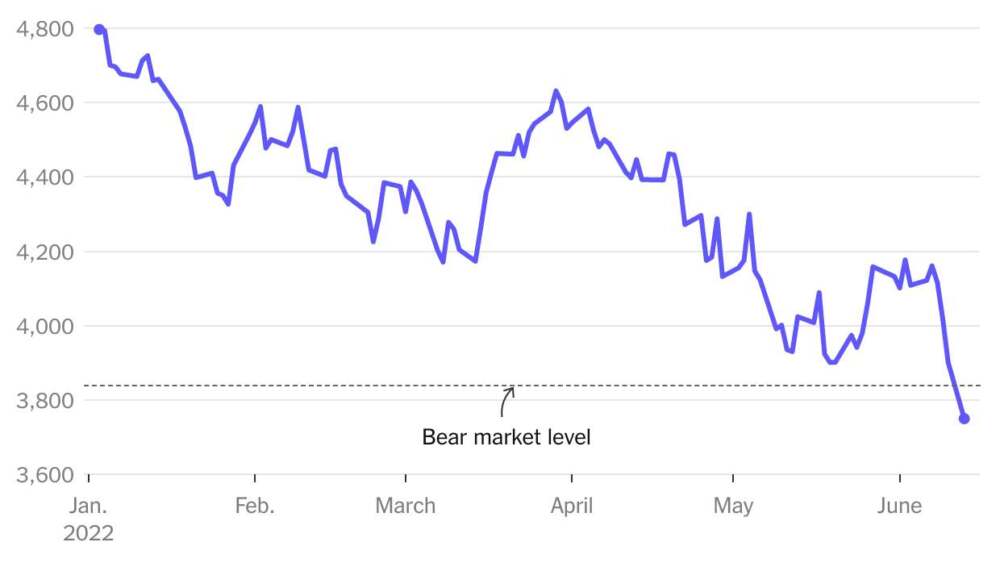
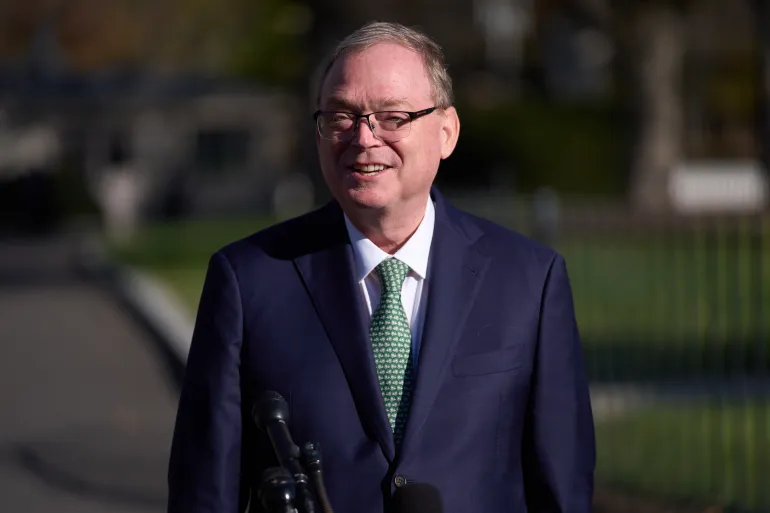
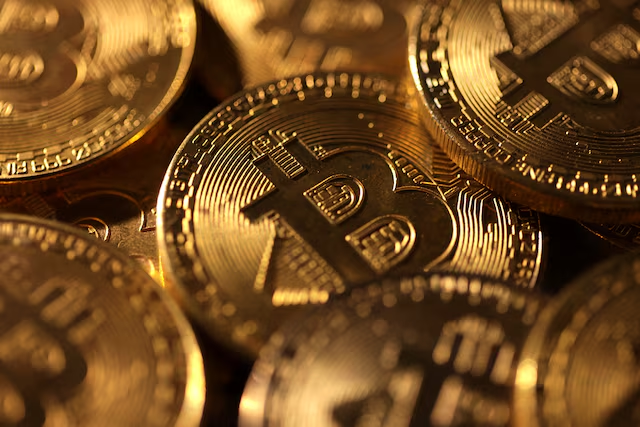

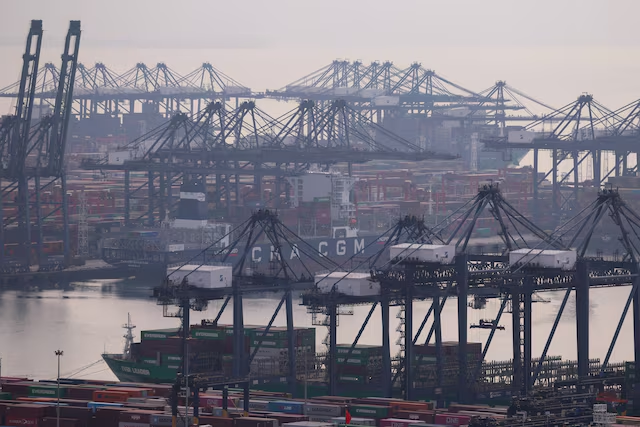
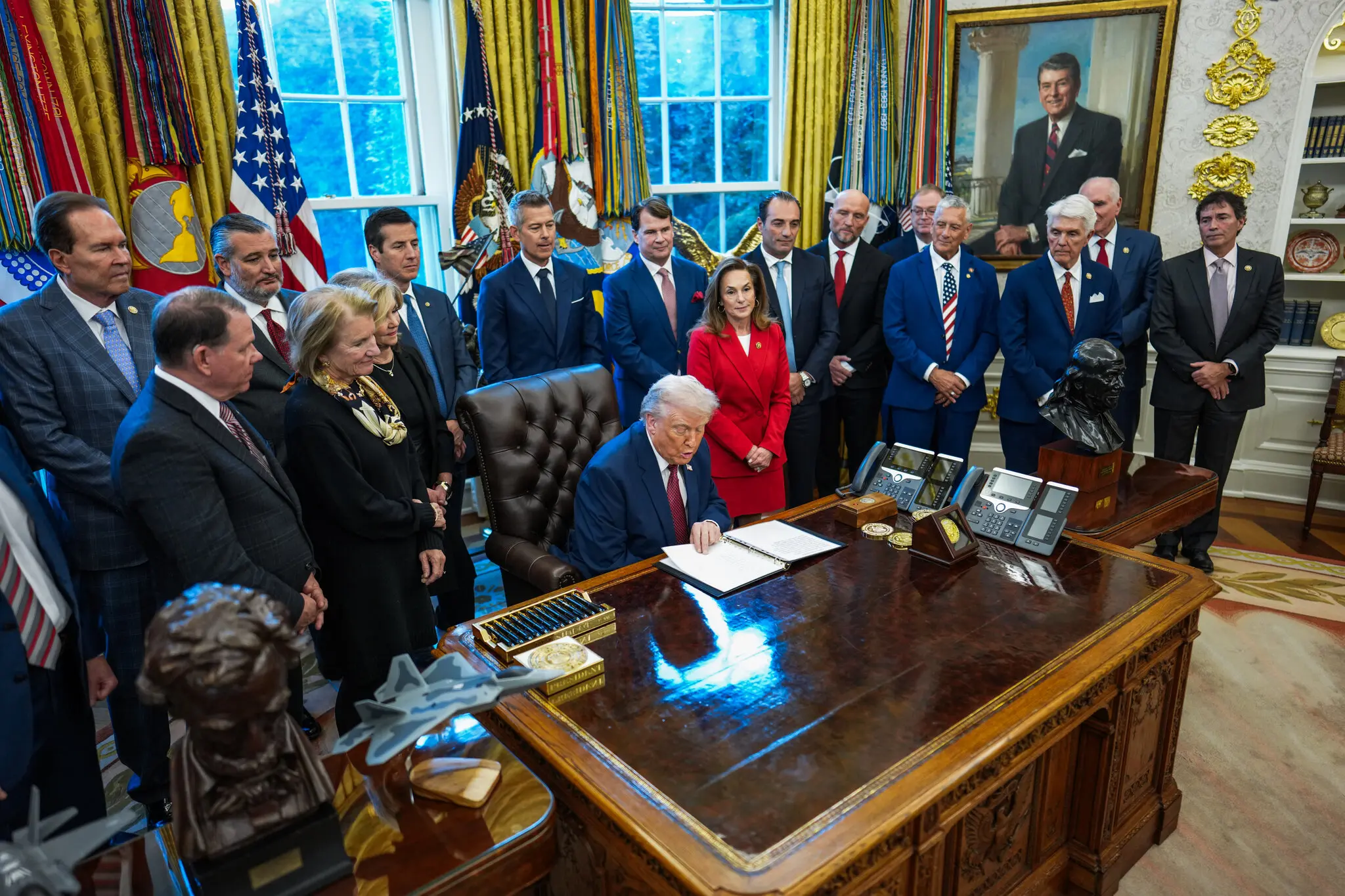
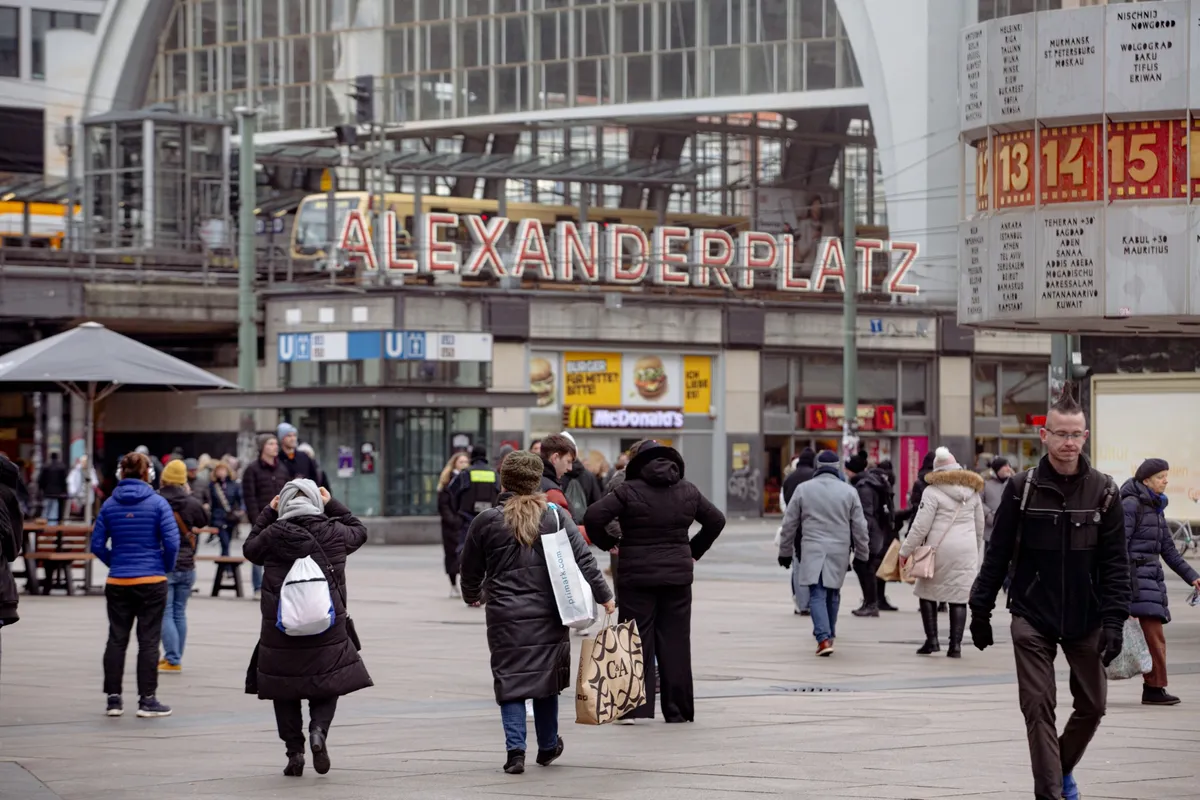
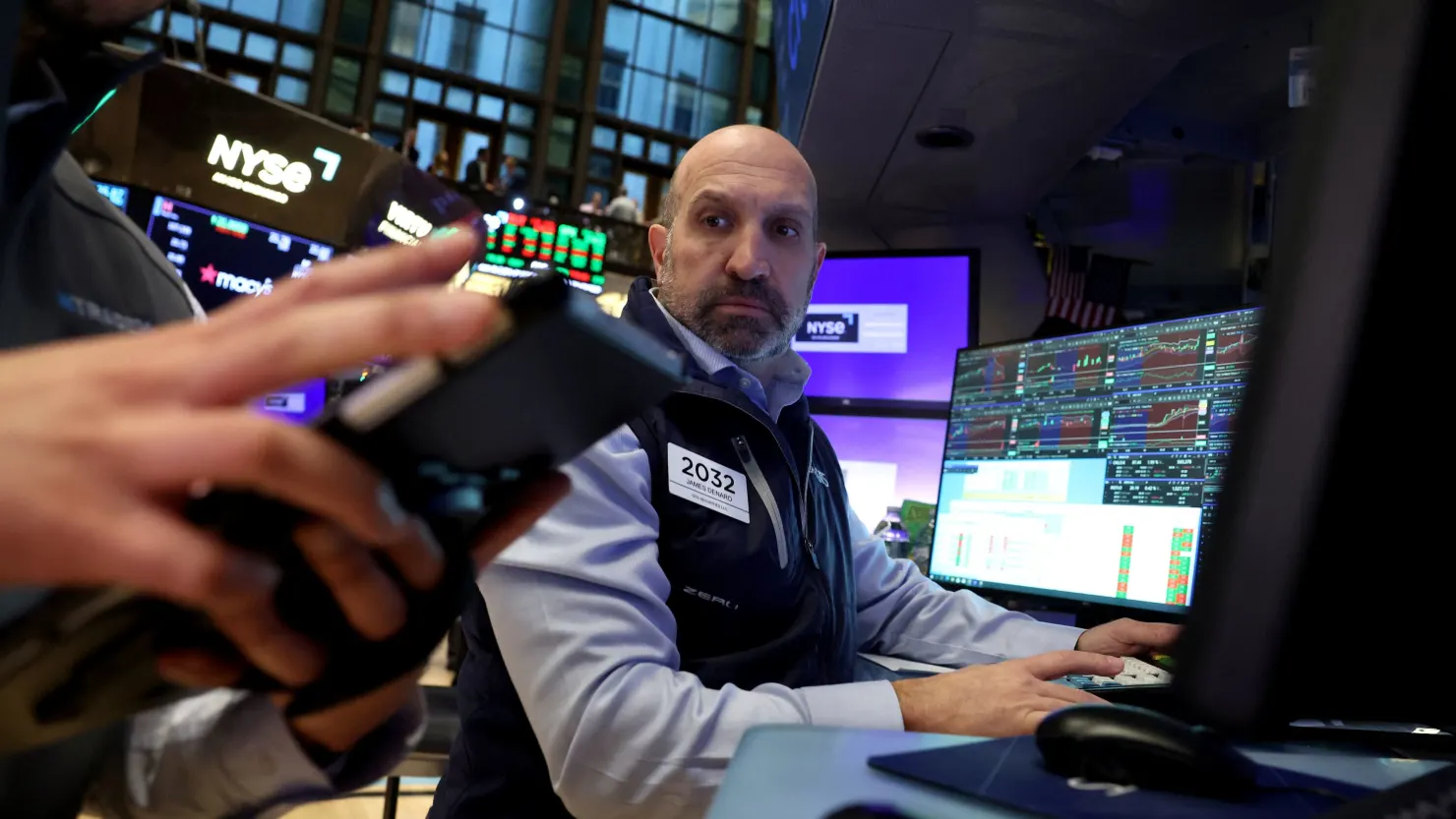







Leave a Reply